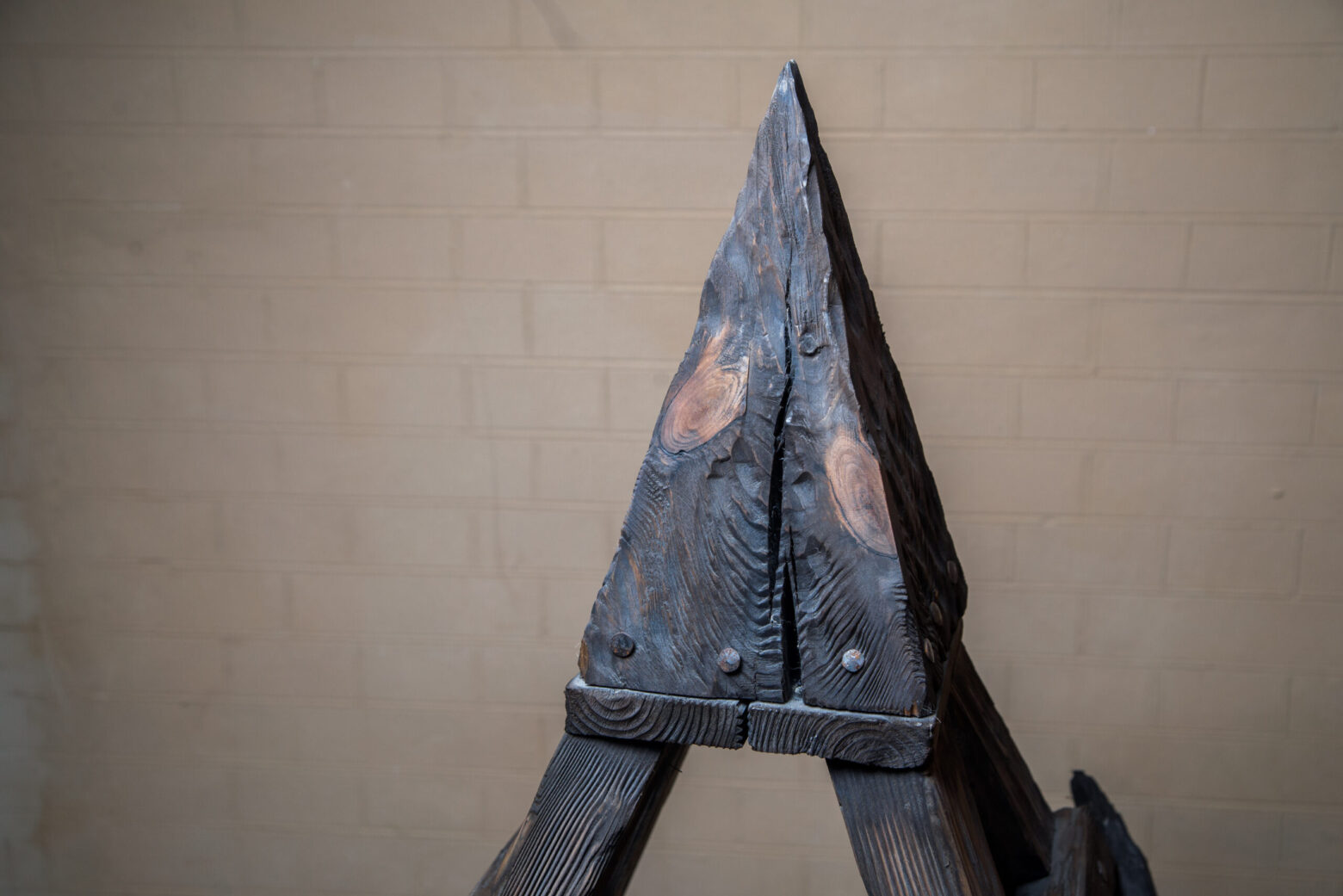The medieval ages were notorious for their cruel and gruesome methods of punishment. Among the most horrifying devices used during this time, the Judas Cradle stands out as one of the most agonizing. This medieval torture device inflicted extreme suffering and symbolized the dark and brutal justice system of the middle ages. In this article, we will explore the history, function, and psychological terror associated with the Judas Cradle torture method, as well as other middle ages torture techniques and their role in execution in medieval times.
The Origins of the Judas Cradle
The Judas Cradle medieval torture device was designed to inflict both physical and psychological torment. It consisted of a pyramid-shaped seat, upon which the victim was forced to sit, with their body weight causing excruciating pain. This method was not only designed to cause suffering but also to instill fear in those who witnessed it. The device was frequently used during execution in the middle ages, ensuring a slow and humiliating punishment.
One of the best places to explore the gruesome history of medieval torture is the Medieval Torture Museum in Chicago, where detailed exhibits bring to life the horrors of medieval punishment.
The Mechanism of Pain: How the Judas Cradle Worked
The Judas Cradle torture device was particularly brutal because it prolonged suffering for hours or even days. Victims were often stripped and suspended above the pyramid before being slowly lowered onto its sharp point. The method was designed to stretch the body unnaturally, causing unbearable pain and eventually leading to fatal injuries.
The agony inflicted by this torture instrument was comparable to other medieval ages torture methods that emphasized prolonged pain rather than immediate death. The psychological trauma of waiting for one’s turn on the device made it an even more powerful tool of intimidation.
Fear and Control: The Role of the Judas Cradle in Medieval Justice
Like many middle ages torture techniques, the Judas Cradle torture method was used as a deterrent to those who dared to defy the laws of the land. Public executions and torture sessions were often carried out in front of crowds to instill fear. The device was a tool for both punishment and public spectacle, ensuring compliance through sheer terror.
For a deeper look into how medieval societies used such gruesome methods, visit the Medieval Torture Museum in LA, which showcases numerous artifacts from the dark history of human cruelty.
The Psychological and Physical Effects of the Judas Cradle
The Judas Cradle medieval torture was more than just an execution method; it was an instrument of psychological torment. Victims endured extreme pain, humiliation, and terror, often leading to complete mental breakdowns before death even occurred. The slow nature of the torture, coupled with infections from the wounds, made this one of the most dreaded forms of punishment in history.
The psychological impact extended beyond the victims-witnesses, too, were deeply affected by the atrocities they observed. Such torture techniques reinforced the absolute power of rulers and the consequences of defying authority.
To explore more about the fearsome and gruesome punishments of the past, check out the Medieval Torture Museum in St Augustine, where artifacts tell the harrowing tales of suffering and death.
The Judas Cradle Compared to Other Medieval Torture Devices
Although the Judas Cradle torture device was one of the most painful, it was not the only horrifying method used in execution in medieval times. Other instruments of agony included:
- The Rack – designed to stretch victims until their joints dislocated.
- The Iron Maiden – a spiked coffin that impaled the body.
- The Breaking Wheel – used to shatter bones in a slow, torturous manner.
- The Spanish Chair – a heated metal seat causing severe burns.
Each of these devices showcased the cruelty of medieval justice, demonstrating that suffering was often drawn out as much as possible. The Judas Cradle torture method was unique in its ability to prolong the victim’s agony while maintaining an illusion of control over the pace of death.
Where to Experience the History of Medieval Torture
For those interested in experiencing history firsthand, visiting a St Augustine medieval torture museum offers a unique perspective on how justice was carried out centuries ago. There are several museums dedicated to this dark period, showcasing replicas of medieval ages torture devices and educating visitors on their grim history.
To learn even more about medieval torture, its origins, and its impact, check out the museum’s extensive blog, which dives deep into various torture instruments and their historical significance.
The Lasting Legacy of Medieval Torture
The Judas Cradle torture method remains one of the most horrifying examples of middle ages torture techniques. Its use was designed to inflict maximum pain while serving as a warning to others. While such atrocities are now relics of the past, they serve as grim reminders of humanity’s capacity for cruelty.
For a closer look at these terrifying methods and the history behind them, visit the Medieval Torture Museum locations in Chicago, LA, and St. Augustine. These museums provide an unparalleled glimpse into the horrors of the past, allowing us to learn from history while reflecting on the evolution of justice and human rights.






